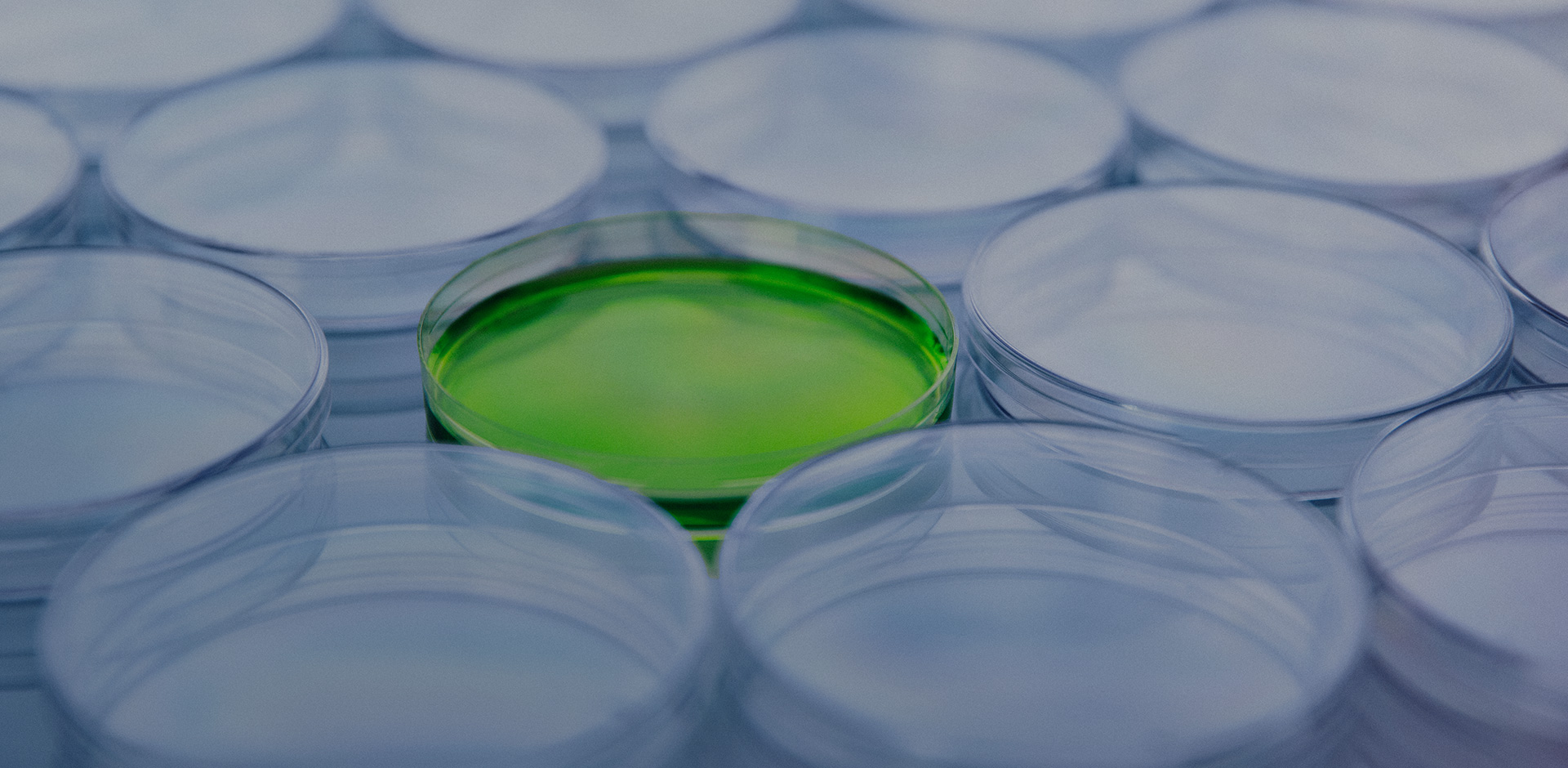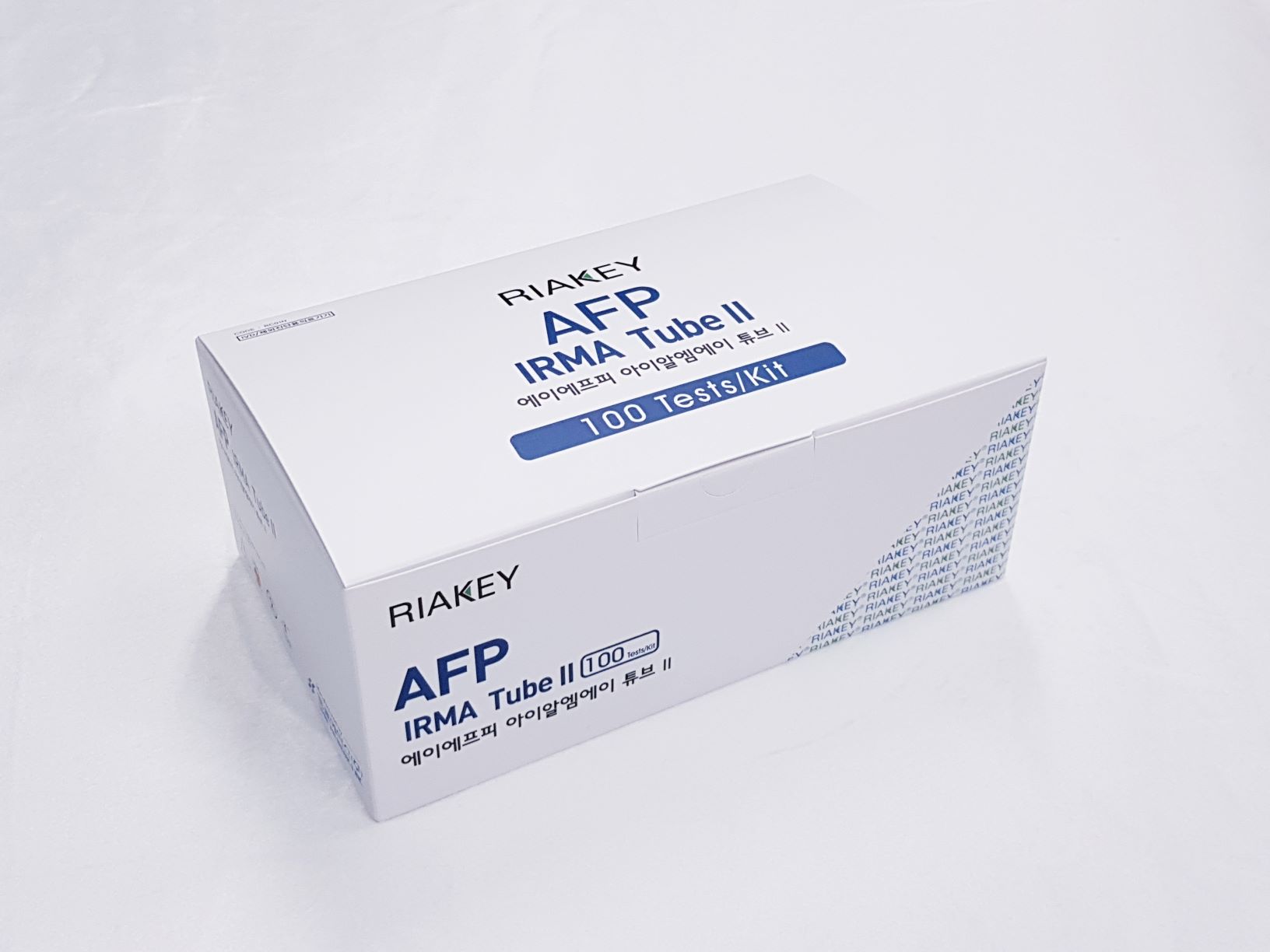AFP
Immunoradiometric assay for quantitative determination of alpha-fetoprotein (AFP) in human serum or plasma
Summary
-
KFDA Registration No
14-3102
-
CAT No
RC01N
-
TEST METHOD
IRMA
-
SAMPLE VOLUME
25 ul
-
INCUBATION TIME
60'RT
-
STD RANGE
0-250 ng/ml
Download File
Intended Use
Immunoradiometric assay for quantitative determination of alpha-fetoprotein (AFP) in human serum or plasma
INTRODUCTION
Alpha-Fetoprotein (AFP) is a glycoprotein of about 65.000 daltons molecular weight synthesized by the parenchymal cells of the fetal liver and the yolk sac. The properties and amino acid composition are similar to those of albumin. Synthesis of AFP occurs primarily in the liver and yolk sac of the fetus. The AFP level increases progressively as pregnancy progresses and reaches a peak at about the 14th week in the fetal serum and the 30th week in the maternal serum; it then progressively decreases. Elevated serum AFP levels subsequently reappear during pregnancy and in conjunction with several malignant diseases.
PRINCIPLE OF THE ASSAY
The RIAKEY AFP IRMA Tube II is an non-competitive immunoradiometric (IRMA) method (“sandwich”). The method employs two highly specific monoclonal anti-AFP antibodies which recognize two different epitopes of the molecule. One antibody is coated on solid phase (coated tube), the other, specific for the AFP and labeled with Iodine-125, is used as a tracer. Antibody-coated polystyrene tubes serve as solid phase. The tracer antibody and the coated antibody react simultaneously with the AFP antigen present in the standards, control serum and samples. Unbounded material is removed by a washing step. The amount of bound tracer will be directly proportional to the AFP antigen concentration and the remaining radioactivity bound to the tubes is measured in a gamma scintillation counter.
Use Precaution
Be careful when handling all samples, reagents, or devices used in the test as they may be the source of infection.
All reagents, human body samples, etc. are handled at the designated location.
- Do not use mixed reagents from different lots.
- Do not use reagents beyond the expiration date.
- Use distilled water stored in clean container.
- Use an individual disposable tip for each sample and reagent, to prevent the possible cross-contamination among the samples.
- Store the unused coated tubes at 2~8ºC in the appropriate bags with silica gel and accurately sealed.
- If large quantity of assay would be performed at one time, there might be substantial time variation between 60 tubes at one time to minimize time variation. Also, do not exceed 10 minutes for entire pipetting.
- Wear disposable globes while handling the kit reagents and wash hands thoroughly afterwards.
- Do not pipette by mouth.
- Do not smoke, eat or drink in areas where specimens or kit reagents are handle.
- Handle samples, reagents and loboratory equipments used for assy with extreme care, as they may potentially contain infectious agents.
- When samples or reagents happen to be split, wash carefully with a 3% sodium hypochlorite solution.
- Dispose of this cleaning liquid and also such used washing cloth or tissue paper with care, as they may also contain infectious agents.
- Avoid microbial contamination when the reagent vial be eventually opend or the contents be handled.
- Use only for IN VITRO.

